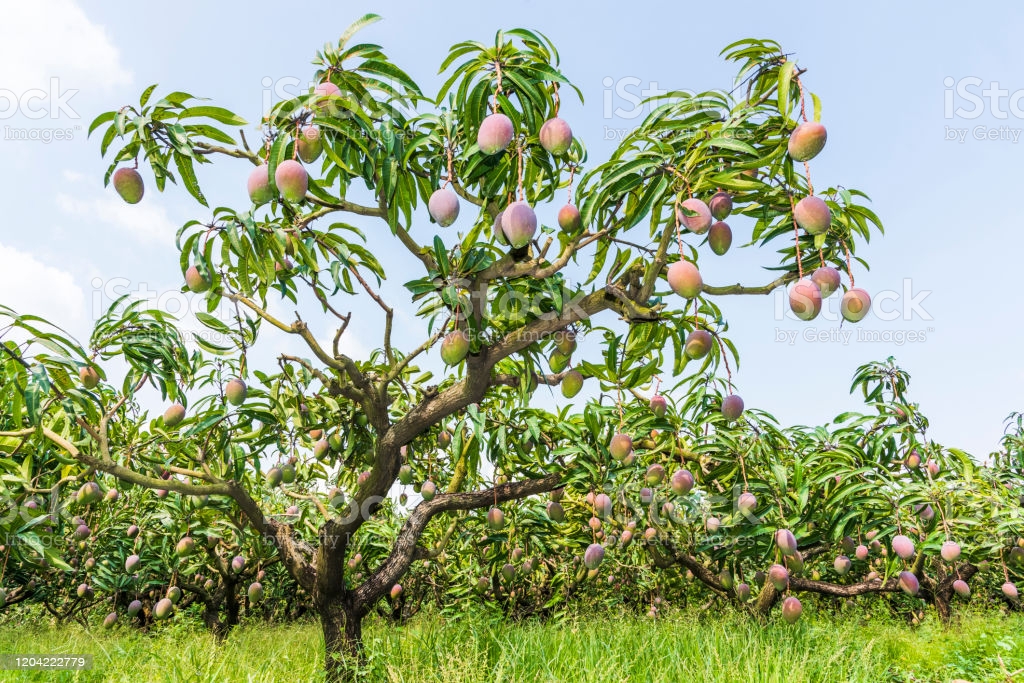



Western Australia may be identified as a hub of mango production in Australia. They are grown from Kununurra in the north to Gingin in the south. In fact, this fruit is also grown further south but they are mostly for domestic consumption. Moreover, these trees, in Western Australia, need to be managed delicately due to their susceptibility to frost and bacteria.
The mango (Mangifera indica), sometimes referred to as ‘the king of fruits’, is by volume the second largest tropical fruit crop in the world after bananas. It is ranked fourth in total fruit consumed after bananas, citrus and apples. It is grown majorly in Western Australia. The mango is native to north-eastern India and Burma but is now widespread in its distribution. Cultivation of mango has occurred for more than 4000 years and the tree has great cultural and religious significance in some countries. Commercially, this region
Due to the geography of Western Australia, fruits are produced in one part of the year. Kununurra produces the earliest fruit, followed by Broome, Carnarvon, Geraldton and Gingin. Some gaps in the production cycle still exist between Broome and Carnarvon, and from Carnarvon to Gingin. However, with the planting of late-maturing varieties and increased storage life of fruit, it is possible to achieve continuous supply for seven months.
The mango is a densely foliaged evergreen tree, including some varieties that grow to 20m tall and live for 400 years or more. Once established in Western Australia, it serves as a useful windbreak, shade tree and ornamental with attractive perfumed flowers. Tree growth, in Western Australia, is marked by flushes of new bronze-pink leaves three to five times per year. These turn green on maturity. Flowers are produced on terminal panicles, during the early part of the dry season in the tropics and during the spring in the warmer temperate regions in Western Australia.